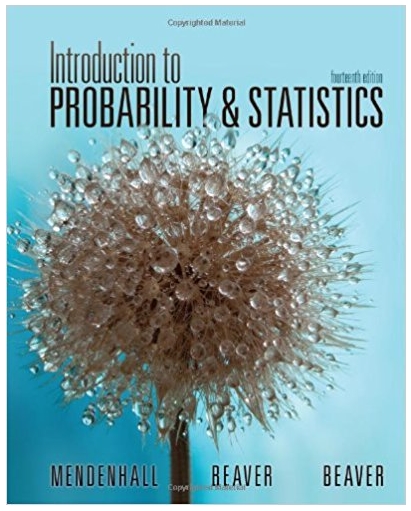Question
We have discussed an experimental situation in which the independent variable was Ginseng and the dependent variable was # of nonsense syllables recalled. The experiment
We have discussed an experimental situation in which the independent variable was Ginseng and the dependent variable was # of nonsense syllables recalled. The experiment involved breaking down ginseng in to two groups - one that was given tea without ginseng and the other that was given tea with ginseng. Participants were asked to drink the tea and then study a list of nonsense syllables. After doing so, participants were asked to recall as many syllables as they were able to from the list of nonsense syllables. Findings of four studies demonstrated mixed results such that sometimes a difference between groups was found, and sometimes it appeared that there was no difference in mean number of syllables recalled between the no ginseng group and the ginseng group.
If a fifth study outcome was presented wherein p= .312 and the test statistic value is 41 (e.g., STAT value from ginseng example - see 1st set of slides for more info, if desired) we would interpret this as: There is a .312 probability (or 31.2% chance) of obtaining a STAT value (or the test statistic value) as high as 41 if the null hypothesis is true.
Please respond to the following:
- Was thisp value significant?
- What was the null hypothesis?
- Would we reject the null hypothesis in this situation?
Step by Step Solution
There are 3 Steps involved in it
Step: 1

Get Instant Access to Expert-Tailored Solutions
See step-by-step solutions with expert insights and AI powered tools for academic success
Step: 2

Step: 3

Ace Your Homework with AI
Get the answers you need in no time with our AI-driven, step-by-step assistance
Get Started


